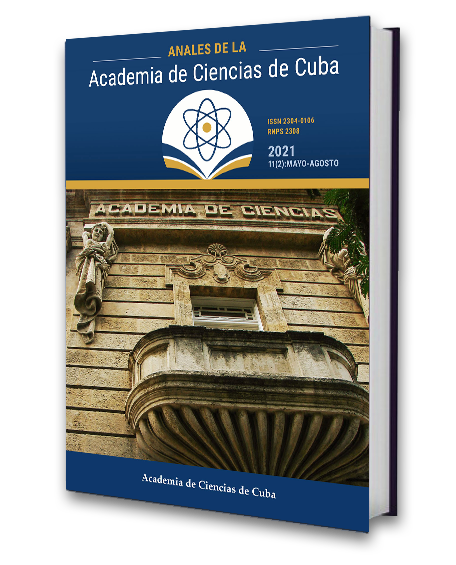Bullying in adolescents between 14 to 17 years of age at Saúl Delgado pre-university school in Havana
Keywords:
bullying, aggressors, victimAbstract
Introduction: Bullying is considered to be a growing problem of modern society, adversely affecting school results, social skills and students' psychological behavior. The objective was to describe bullying behavior in adolescents between 14 to 17 years of age and the influence of parents and teachers.Method: A descriptive transverse study was performed in 103 adolescents, parents and teachers at Saúl Delgado pre-university school in Havana about bullying. Chi quadrate test was performed with statistical significance p<0,05. A multivariate analysis of multiple correspondences was applied to determine factors in relation to bullying.
Results: The incidence of bullying was 18,4 %, 3,75 times higher in males than females. Psychological violence in the classroom was more frequent. Bullying situations were controlled by teachers in only 10,5 % of the cases and 73,7 % of the victims have been through situations of family violence too.
Conclusions: The incidence of bullying was similar to that of developed countries. Family violence and inadequate adolescent communication with their parents and teachers were associated with bullying.
Downloads
Downloads
Published
How to Cite
Issue
Section
License
The journal Anales de la Academia de Ciencias de Cuba protects copyright, and operates with a Creative Commons License 4.0 (Creative Commons Attribution-NonCommercial License 4.0). By publishing in it, authors allow themselves to copy, reproduce, distribute, publicly communicate their work and generate derivative works, as long as the original author is cited and acknowledged. They do not allow, however, the use of the original work for commercial or lucrative purposes.
The authors authorize the publication of their writings, retaining the authorship rights, and assigning and transferring to the magazine all the rights protected by the intellectual property laws that govern in Cuba, which imply editing to disseminate the work.
Authors may establish additional agreements for the non-exclusive distribution of the version of the work published in the journal (for example, placing it in an institutional repository or publishing it in a book), with recognition of having been first published in this journal.
To learn more, see https://creativecommons.org






